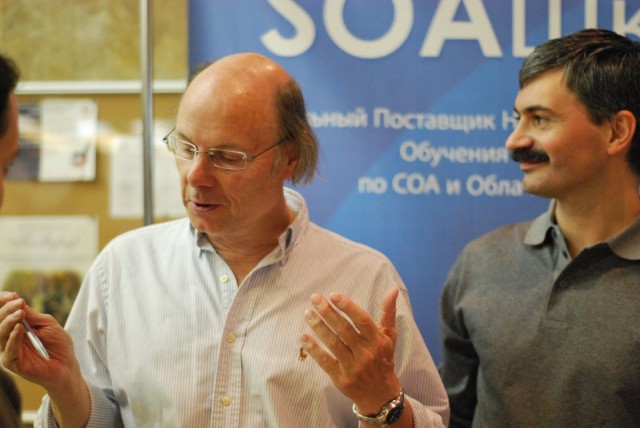This task is an exercise in call by name.
Jensen’s Device is a computer programming technique devised by Danish computer scientist Jørn Jensen after studying the ALGOL 60 Report.
The following program was proposed to illustrate the technique. It computes the 100th harmonic number:
begin
integer i;
real procedure sum (i, lo, hi, term);
value lo, hi;
integer i, lo, hi;
real term;
comment term is passed by-name, and so is i;
begin
real temp;
temp := 0;
for i := lo step 1 until hi do
temp := temp + term;
sum := temp
end;
comment note the correspondence between the mathematical notation and the call to sum;
print (sum (i, 1, 100, 1/i))
end
The above exploits call by name to produce the correct answer (5.187…). It depends on the assumption that an expression passed as an actual parameter to a procedure would be re-evaluated every time the corresponding formal parameter’s value was required. If the last parameter to sum had been passed by value, and assuming the initial value of i were 1, the result would have been 100 × 1/1 = 100.
Moreover, the first parameter to sum, representing the “bound” variable of the summation, must also be passed by name, otherwise it would not be possible to compute the values to be added. (On the other hand, the global variable does not have to use the same identifier, in this case i, as the formal parameter.)
Donald Knuth later proposed the Man or Boy Test as a more rigorous exercise.
#include <iostream> int i; double sum(int &i, int lo, int hi, double (*term)()) { double temp = 0; for (i = lo; i <= hi; i++) temp += term(); return temp; } double term_func() { return 1.0 / i; } int main () { std::cout << sum(i, 1, 100, term_func) << std::endl; return 0; }
Output: 5.18738
Content is available under GNU Free Documentation License 1.2.
































